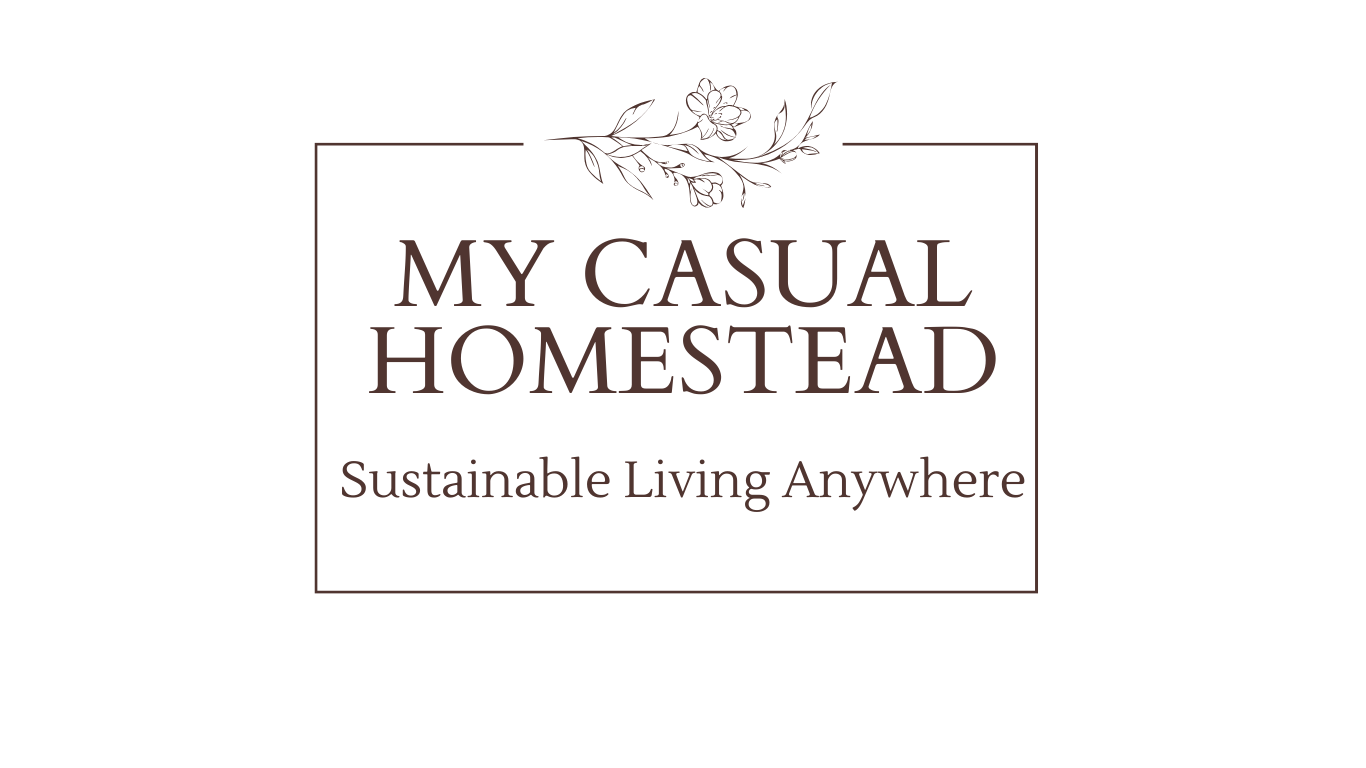Every year, mid-June, my husband and I go to the town of Chitina, Alaska to dip net salmon in the Copper River. This trip supplies our family with salmon for well over a year. Legal residents of Alaska with a fishing permit are allowed to catch up to 25 salmon per family plus 10 salmon per dependent. In our family that can be up to 65 salmon a year! The fish caught with the permit are for personal use only, and can not be resold. I have lived in Alaska for 12 years now and this has become an event that I look forward to and dread, so much work and so many fish to process but so much amazing food!
Dip netting is a fishing practice that Native Americans used for centuries, not only in the Copper River but in places such as the Columbia River between Oregon and Washington State. Dip Netting involves well, dipping a large net into the back eddies of fast-moving waters and collecting fish out of the current as they migrate upstream for spawning. The water can be insanely fast and dangerous, people often tether themselves to rocks or trees as a safety precaution.If you are curious to know more about this Alaskan novelty, Alaskan Department of Fish and Game provide excellent information and regulations that apply to this method of fishing.
Smoked and Kippered Salmon
My husband and I spent two years near the Aleutian Islands and the locals taught us this recipe and method for preserving salmon.
- If you catch your own fish, fillet it, cut fillets in half and freeze for two weeks. Freezing kills parasites, like tapeworm, that most salmon have Freeze fillets singly or in batches depending upon how many you want to smoke at a time. If you are buying fillets from the store chances are the fish have already been frozen on the fishing boat but it doesn’t hurt to ask the folks at the meat counter.
- Mix 1 cup of salt in 3 quarts of water in a big bowl or crock, and put in fish fillets. Brine the fillets for 2 hours.
- Pull fillets out of the water and place skin side down on a large platter, do not overlap the fillets, put in the fridge and let dry for 24 hours, do not cover. This is important to form a pellicle (a dry, glossy skin that the smoke will stick too).
Smoked Salmon
- Here is where the recipe diverges. If smoking just for fresh eating and not canning, drizzle the fillet with honey and grind fresh black pepper over the top. Place in smoker and smoke heavily until the fish get a glossy look to them like in the picture below (depending upon outside temperatures, 6-10 hours). The thicker the fillet the longer it will take. The fillets on the top are probably ready to eat. If planning on eating the smoked fish fresh, good for you, eat away, you are done, Are you ready to learn how to Kipper your smoked salmon? Keep reading!
Kippered Salmon
- Kipper is another word for canning. Place fillets in the smoker and smoke heavily until the fish get a glossy look to them like in the picture above (depending upon outside temperatures, 6-10 hours). The thicker the fillet the longer it will take, like the bottom left fillet in the above photo.
- Pull the fillets off when they are still moist and squishy to the touch like the picture below.
- I’d suggest using nitrile gloves or some other type of gloves from here on out if you don’t want your hands to smell like smoked salmon for a few days. Pull the skins off the smoked fillets. Usually, if you smoke them long enough the skins will pull right off in one piece. Cut the fillets into strips with a sharp knife.
- Pack solidly into clean half-pint jars, leaving 1 inch of headspace (the unfilled space between the jars sealing edge and the top of the food or its liquid).
- Add half a seeded jalapeno, cracked black pepper, 1/2 tsp of canola oil, and a drizzle of honey to each jar.
- Wipe the jar edge to clean any oils that may interfere with sealing, and close with two-piece canning lids, finger tight.
- You need a pressure canner to can fish. I live at 1500ft elevation so I’ve been canning my fish at 15psi for 90 minutes. Please refer to you canners manual and follow all directions and safety instructions. An excellent resource for home smoking and canning is your local cooperative extension office. In this case, The University of Alaska.
- And now you’re done and you have delicious jars of salmon you can eat over the course of a couple years.
I’d be interested to hear other people’s method to smoke or kipper salmon, maybe I can learn a thing or two. So what is your favorite recipe?








